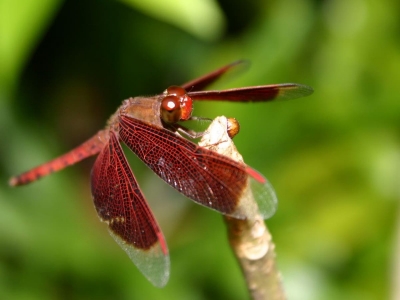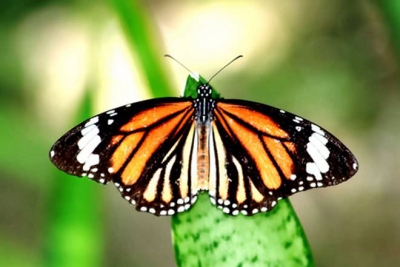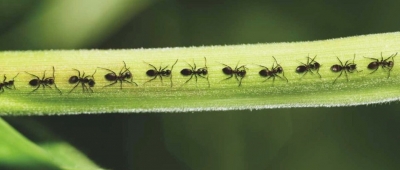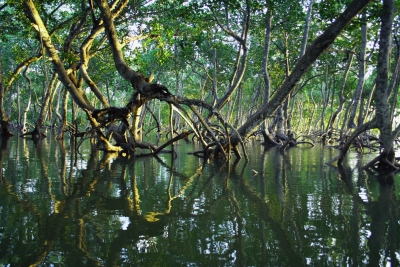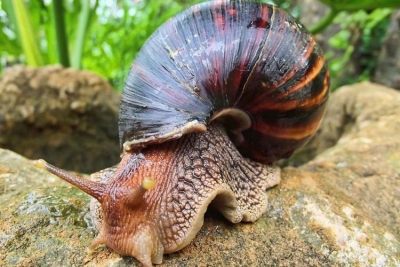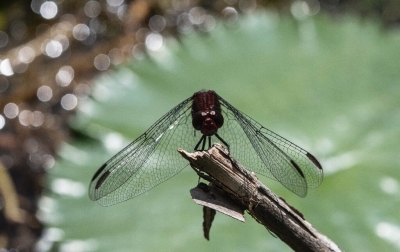Why is the monarch butterfly so popular?
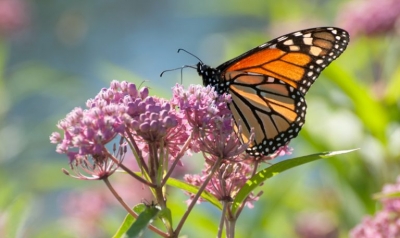
More than beautiful, monarch butterflies contribute to the health of our planet. While feeding on nectar, they pollinate many types of wildflowers. The flowers they chose are varieties that are brightly colored, grow in clusters, stay open during the day, and have flat surfaces that serve as landing pads for their tiny guests. Monarch butterflies are also an important food source for birds, small animals, and other insects.
The vivid markings of the monarch butterfly (Danaus plexippus) serves as a “skull and crossbones” warning, signaling “Poison!” to the butterfly’s predators. Female monarchs lay their eggs on the underside of poisonous milkweed leaves. As the caterpillar hatches, it eats its own egg; then switches to a diet of milkweed leaves. The milkweeds’ toxins remain permanently in the monarch’s system, even after the caterpillar metamorphoses into a butterfly. Animals that eat a monarch become very sick and, thereafter, will avoid this distinctively patterned butterfly.
Monarch butterflies live mainly in prairies, meadows, grasslands and along roadsides, across most of North America. The adult butterfly drinks nectar from a variety of flowers, uncoiling and extending its long proboscis to sip food. When not in use, this flexible “tongue” coils back into a spiral.
Most monarchs will live only a few weeks, but the generation that emerges in late summer and early fall is different. These butterflies are born to travel and may live for eight or nine months to accomplish their lengthy migration. Scientists think the monarchs use the position of the sun and the changing weather to know when it’s time for their long journey.
Credit : National Park Service
Picture Credit : Google
